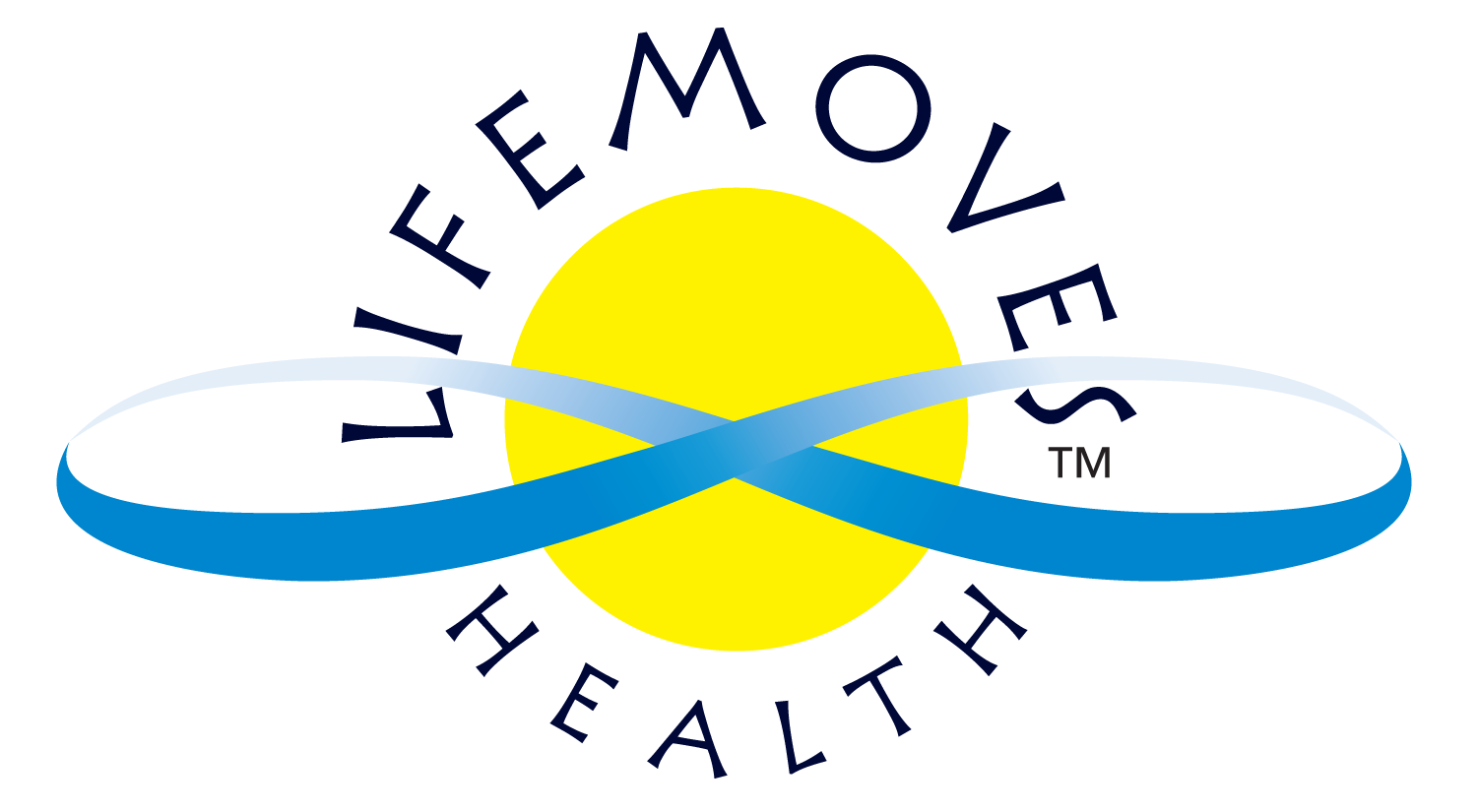Which Way Are the Fingers Going?
following signals can be trickier than we realize
Photo by Nitish Goswami via Unsplash
Being understood is a miracle. I’m not even talking about how complex or hard to understand we are. Many years ago, I read an article by a gifted colleague of mine, Tatiana Kolovou. It was a fascinating trip itinerary for the words that travel from our mouth to our ears. All told, from the journey from one person’s idea to another person’s understanding of that same idea is wild.
Point of Origin…and so forth
We have a thought, a feeling, a visceral response to something. It can’t even be expressed until we encode it into language, and the words we choose to encode our thought, feeling, etc., are limited to the words we have available to us. So, if we don’t have a word for it in the language(s) we speak, we wind up sacrificing accuracy for the closest words available. Maybe our word choice isn’t quite what we mean, but it’s the closest we have.
Those words are shaped by our own assumptions, biases, filters, and frames of reference. It may lack a more-encompassing perspective, but it is our eyes we’re using.
The Great Divide
As if those weren’t enough hurdles for our thought, feeling, and visceral response to encounter on its way to being shared, our listener encounters our words through their own assumptions, biases, filters, frame of reference, based upon the words we chose, the context, and our nonverbal signals. Our message passes through all of these on its way to being decoded from our language into their personal thought, feeling, and visceral response to what we had shared.
Like I said, it’s a miracle that we understand anything we say to each other.
It seems to me too, that it’s quite likely that we overestimate how much we truly grasp of what another person means to say.
But what about when no words are involved at all?
Even before I heard Tatiana Kolovou, I experienced the bracing backlash of misinterpreting when I was quite early for acting class one day. The class was held in Carnegie Hall (in a studio, not the giant concert hall, though that would have been cool). As with many large buildings in the city, the bathrooms are locked. Keys or entry codes are provided by the individual offices, so that the bathrooms don’t become public toilets to hundreds or thousands of extra people daily. If you don’t have business being in the building, no bathroom for you.
Acting classes are meant to be sacred spaces. You don’t open the door and interrupt class, unless there is a fire or natural disaster. If you arrive early, you wait in the hallway.
But what if you are too well-hydrated and you have at least 45 minutes before your class begins? Sometimes, it is a situation that is bigger than crossing your legs and desperately thinking of other things. I went in search of an open office on the same floor to inquire whether I may borrow their bathroom key. There were many hallways and studios, most of which had their doors closed. Until I saw an open room that was the reception area for a dance studio. Hallelujah!
Behind the desk were a man and woman. They looked to be a bit younger than my grandmother, and I immediately felt a “grandparenty” regard for them. The woman sat at the large wooden desk, talking on the phone, and the man stood behind. I made eye contact, smiled, and stayed quiet, waiting for the phone call to end. It continued for a while, and when I looked at the man again a few minutes later, I thought that I read from his eyes that he was prompting me to go ahead. Minding my volume, since the woman was still on the phone, I started to speak.
Big mistake.
I was hushed immediately. I fell silent, feeling embarrassed at my rudeness and poor judgement, and waited. As soon as the phone call was over, I could hardly begin to apologize before I received a very stern, verbal lashing. It was swift and severe. Raised voices and damning allegations culminated throwing me out of the studio. You would have thought I had gone in there blaring a trumpet and tap dancing on their desk for the outrage they expressed and the vehemence they showed while expelling me from their reception area. I was so taken aback that it didn’t even occur to me that one or both of them could have given themselves a stroke for how worked up they were. I left, shaking and ashamed. Tears fell. And no, I didn’t get to go to the bathroom, but the figurative fireworks were an incredibly effective distraction.
“How did I misread his signals?” I kept asking myself. Maybe I should have watched more than his face. Maybe I shouldn’t have assumed. Maybe I shouldn’t have let my bladder cloud my vision. Maybe, maybe, maybe.
Understanding how we understand each other has become a main driver for my own development, and that of my work. The pursuit of that understanding is endless and evolving.
Just last week, a well-traveled friend of mine told me something fascinating he learned about hand signals while working overseas. In the USA, when we use our hands to beckon someone to come to us, we cup our hand, turn it palm up, and wag all 4 fingers as a unit, accenting the movement toward us. When we are trying to tell someone to go away, and possibly even be dismissive about it, we use the same hand position with two distinct changes: we turn the palm down and accent the finger movement in the opposite direction: away from us.
In Japan, hands speak a different language. The very same hand position we use to shoo people away in the USA is the what the Japanese use to beckon people to come closer. The only tell-tale difference? The finger movement is accent in the direction toward us, not away.
Imagine trying to tell someone to back up, only to have them come closer? You’ve got to watch those fingers closely.
As much as I believe that our potential to improve our communication skills is infinite, I don’t believe our ability alone can prevent all miscommunication. Assuming we can accomplish total understanding through working on our skills seems implausible on many levels. So, what would be more realistic? The key, or one key, at least, is understanding that we are likely to misunderstand something. Misunderstandings can be due to any number of things – from small assumptions based on our own biases to being unaware of significant cultural differences.
What would happen if we made it our default practice to confirm our own interpretation of something before forming our response? We could check in with our assumptions and intercept them. We could seek clarity from the other party or elsewhere. We could leave room in our own responses to allow for bridging the gaps with actual information. We could also cut ourselves (and each other) a break when we get it wrong. If we accept misunderstandings as probable, or even likely, we could integrate the practice of confirming our own interpretation of something before forming our response.
After all, it is a wonder we understand anything anyone says anyway.

